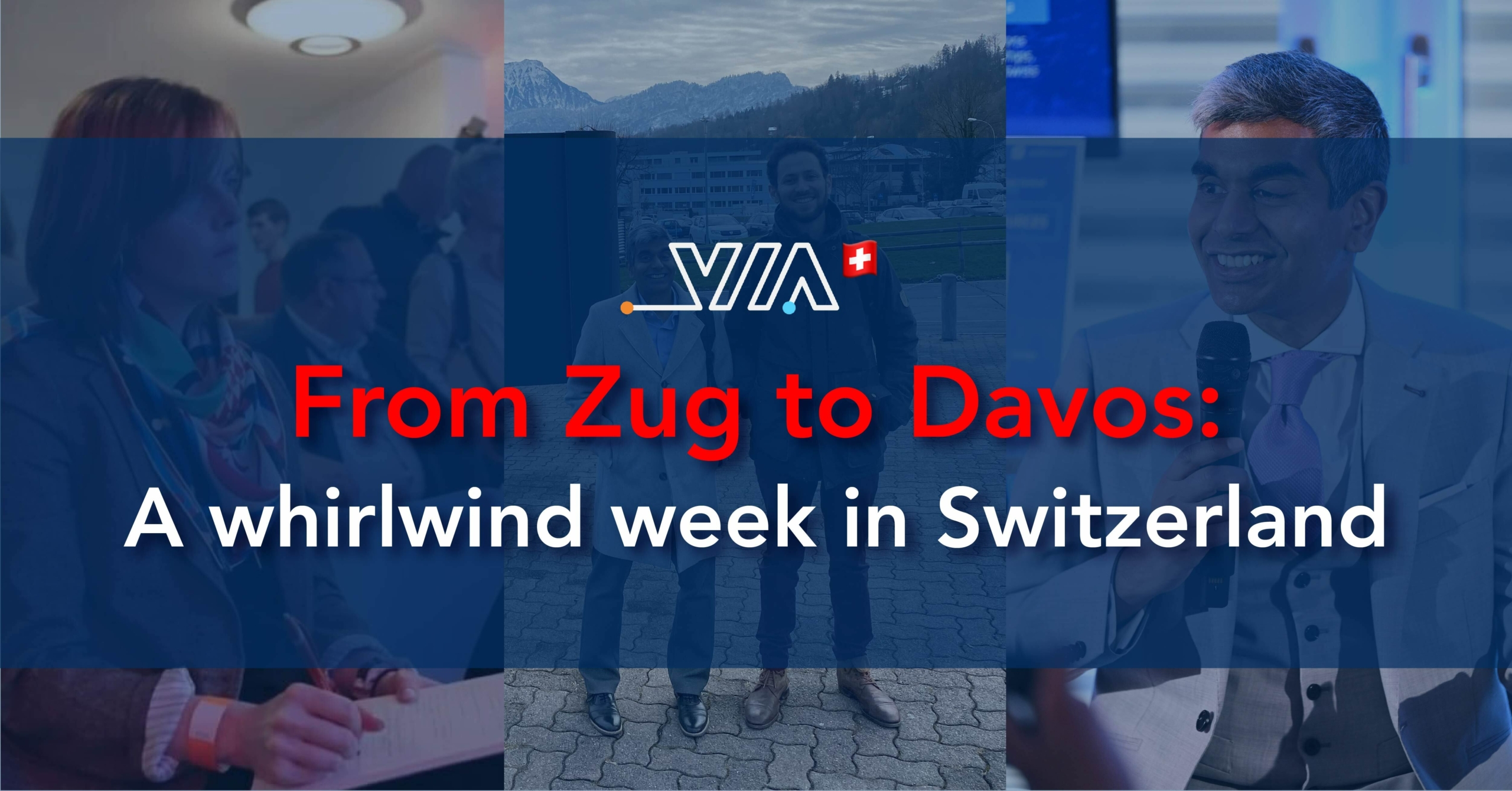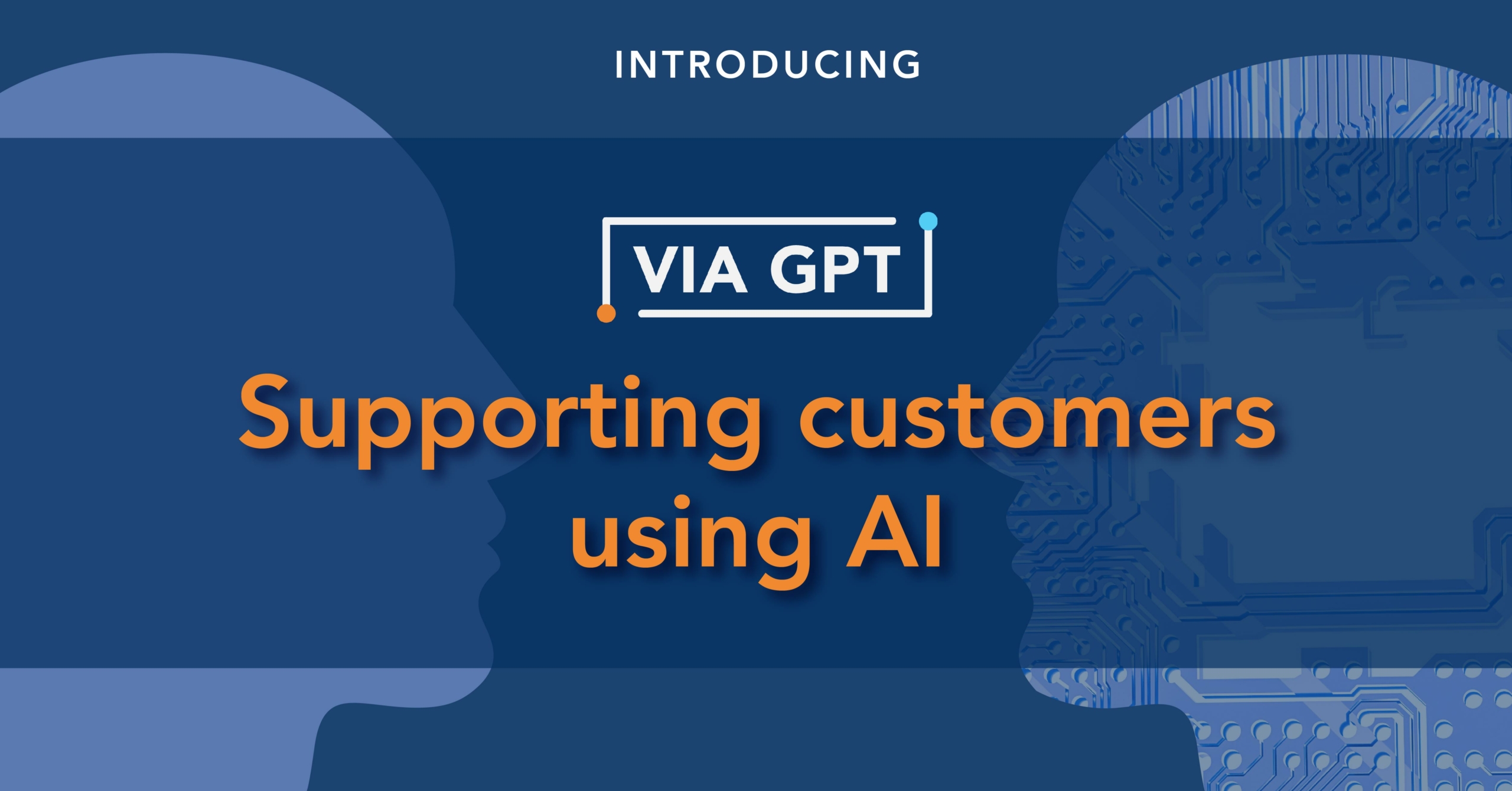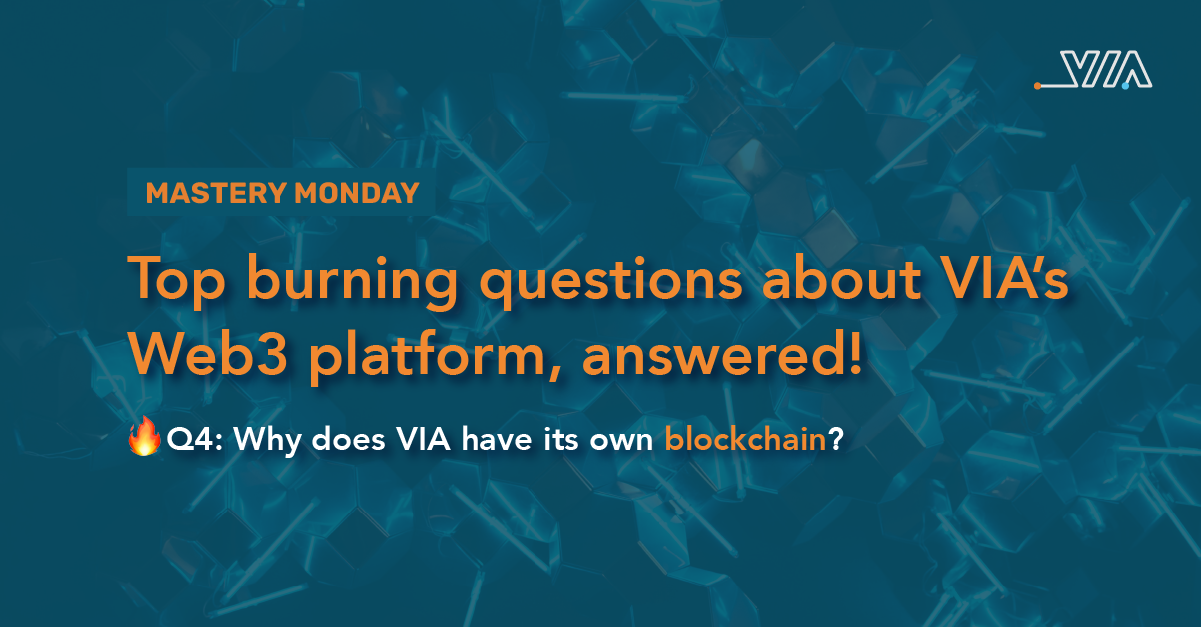The Merge and what it means for clean energy
As we outlined in our most recent blog post, there’s massive pressure across the board to reduce energy costs and prevent power blackouts. For governments, utilities, industry, and many consumers, improving how we consume and manage energy has become a number one priority to maintain grid reliability.
One area that’s about to do its part to relieve this pressure is blockchain. Colloquially called “The Merge,” a long awaited change in the validation (or “consensus”) mechanism on Ethereum will be finalized in September.
By most calculations, the new upgrade will use roughly 2000x less energy than the current consensus mechanism. Like most innovations these days (e.g., speech recognition, file compression, self-driving cars), math is at the heart of this improvement.
The key change is in the “proofs.” In a completely decentralized and anonymous network, how can you verify that a transaction between two parties actually happened, when there’s no intermediary? For example, if you and I are trading bitcoin and one of us disagrees on the amount that got transferred, who do we go to as an arbiter? Different mathematical proofs are used to verify which transactions are real. In short, the current proof (proof-of-work) is greedy for energy and the new proof (proof-of-stake) has the same level of validity but is much more energy efficient.
This is good news for everyone. Not only will one of the most popular blockchain mechanisms significantly reduce its carbon footprint, transactions (e.g., minting NFTs, smart contracts) will be significantly cheaper as well. The timing couldn’t be better. As we’ve written about, the use of smart contracts and Zero-Knowledge Proofs have huge potential to support the transition to clean energy.
You’ll have seen a lot of blogs and posts from VIA recently about our work in Zero-Knowledge Proofs. We also use an energy efficient proof-of-stake approach, although our work is focused on creating proofs for energy data. Connections to Ethereum through oracles were in our original 2018 white paper and part of our roadmap. Until The Merge, however, VIA has had a private blockchain dedicated to a few users (e.g., U.S. DOD) for secure, digital asset custodial tracking. With the changes to a cheaper, more energy efficient Ethereum, we plan on leveraging EVMs post-Merge, for our newest applications.







